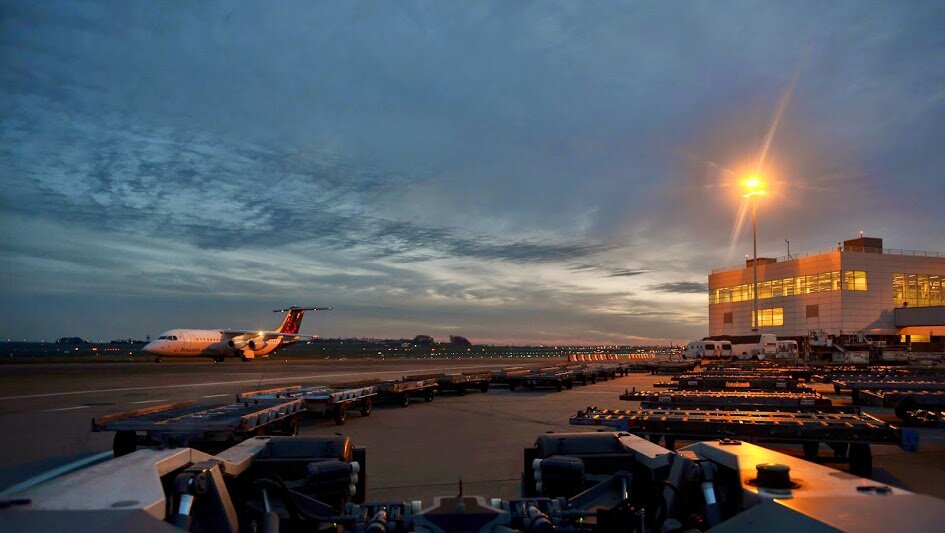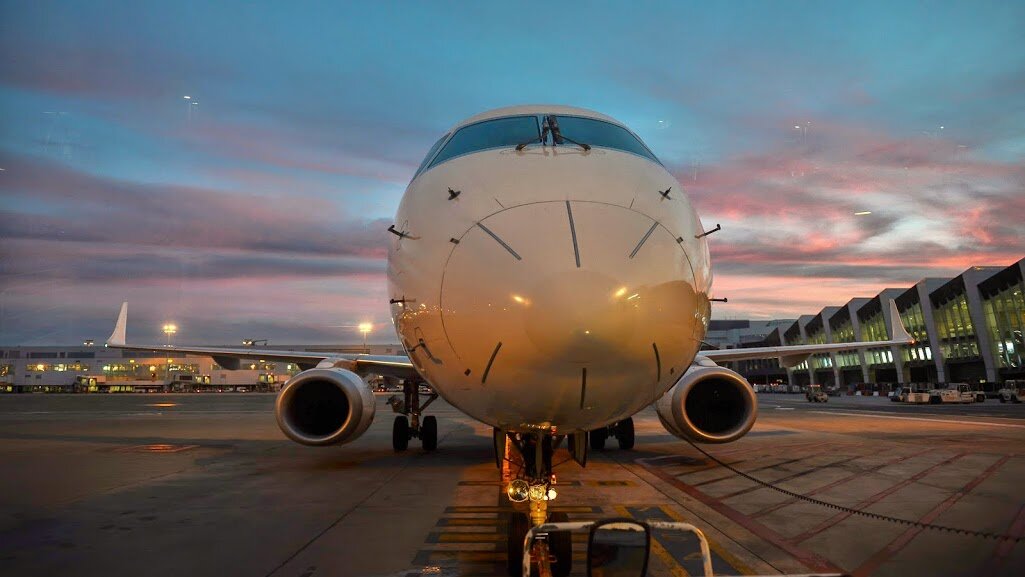Published Articles

This is Why No Airport Privatization in the U.S.
I was President and CEO of Airports Council International – North America (ACI-NA) for eight years, from July 1, 2005 through June 30, 2013. During those eight years, I had more conversations than I could possibly count with people who wondered why airport privatization has not taken off in the United States. Many of these conversations were with people heavily involved in running or financing privatized airports around the world. Many were held with U.S. colleagues who thought privatization would provide benefits. In the world’s largest economy, and primary bastion of capitalism, airport privatization has remained the rarest of infrastructure animals. Why?

Season's Greetings 2016
Like last year, we want to end the year with a summary of what was achieved this year, what to look forward to in 2017 and ask for your feedback.

Introduction to Airport Planning: The Master Plan
On January 1st, 1914. Abram Pheil became the 1st scheduled passenger in aviation history when he travelled between St. Petersburg and Tampa on a two-seater: Benoist XIV. More than 100 years have passed since, and aviation has bloomed as a whole new industry that connects and globalizes the world. According to ICAO, by 2010 there were more than 25,000,000 aircraft movements around the world transporting around 2.8 billion passengers. Certainly a leap compared to 1914. And it keeps on going.Aviation has constantly grown twofold every 15 years, indicating that by 2030, there will be around 6 billion passengers transported through air in the world. As aircrafts become larger, deregulation worldwide increases, and aircraft numbers climb across; there is a big question mark left to answer: How do airports adapt to all this growth?
